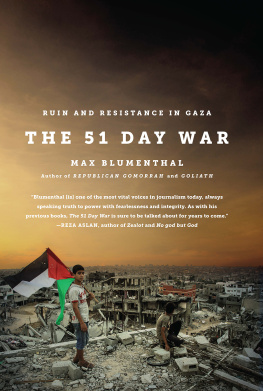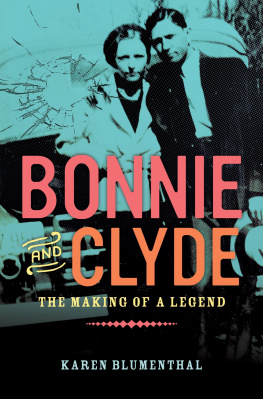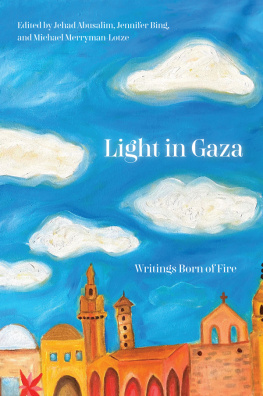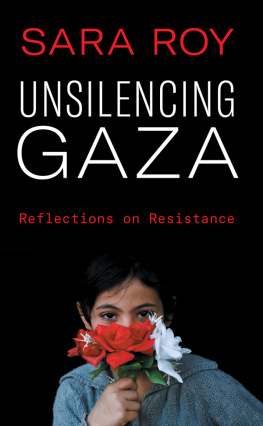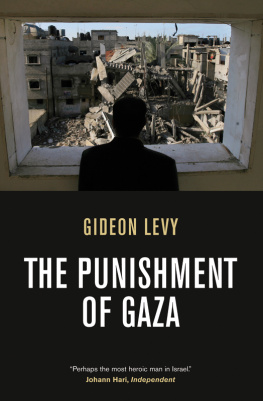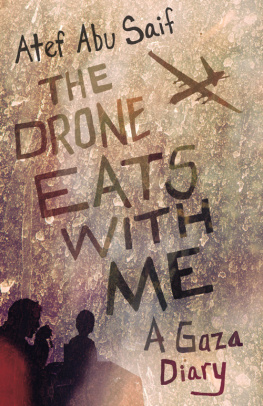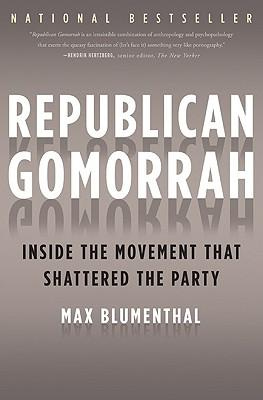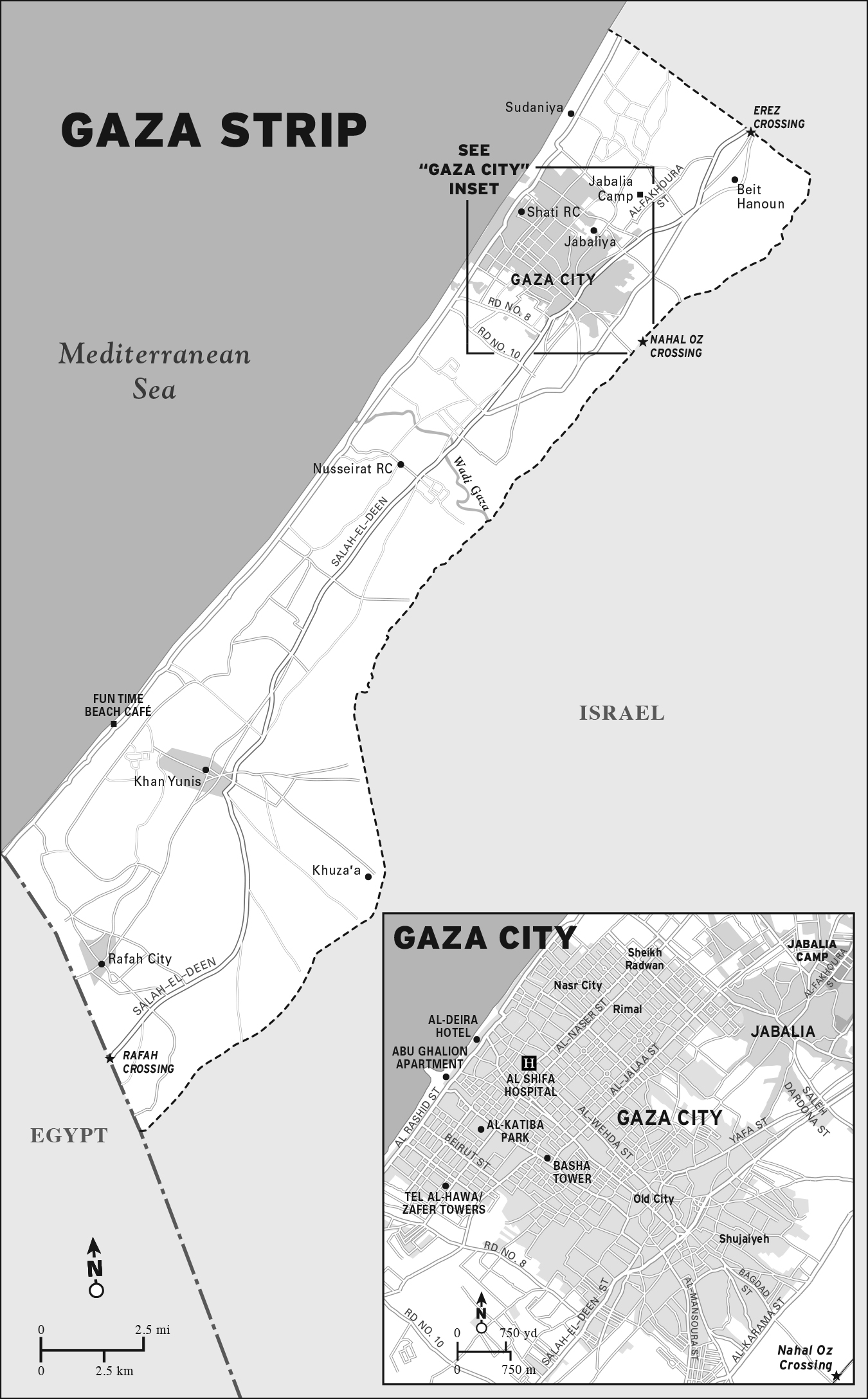The 51 Day War
Also by Max Blumenthal
Republican Gomorrah: Inside the Movement that Shattered the Party (2009)
Goliath: Life and Loathing in Greater Israel (2013)
The 51 Day War
Ruin and Resistance in Gaza
Max Blumenthal
Copyright 2015 by Max Blumenthal
All photos by Max Blumenthal unless otherwise noted.
Published by Nation Books
A Member of the Perseus Books Group
116 East 16th Street, 8th Floor
New York, NY 10003
Nation Books is a co-publishing venture of the Nation Institute and the Perseus Books Group
All rights reserved. Printed in the United States of America. No part of this book may be reproduced in any manner whatsoever without written permission except in the case of brief quotations embodied in critical articles and reviews. For information, address the Perseus Books Group, 250 West 57th Street, 15th Floor, New York, NY 10107.
Books published by Nation Books are available at special discounts for bulk purchases in the United States by corporations, institutions, and other organizations. For more information, please contact the Special Markets Department at the Perseus Books Group, 2300 Chestnut Street, Suite 200, Philadelphia, PA 19103, or call (800) 810-4145, ext. 5000, or e-mail special.markets@perseusbooks.com.
Library of Congress Control Number: 2015940023
ISBN: 978-1-56858-511-6 (HC)
ISBN: 978-1-56858-512-3 (EB)
10 9 8 7 6 5 4 3 2 1
For Eman
Tiny Feet
A mother looks at another
a sea of small bodies
burnt or decapitated
around them
and asks,
How do we mourn this?
Nathalie Handal
Contents
Introduction
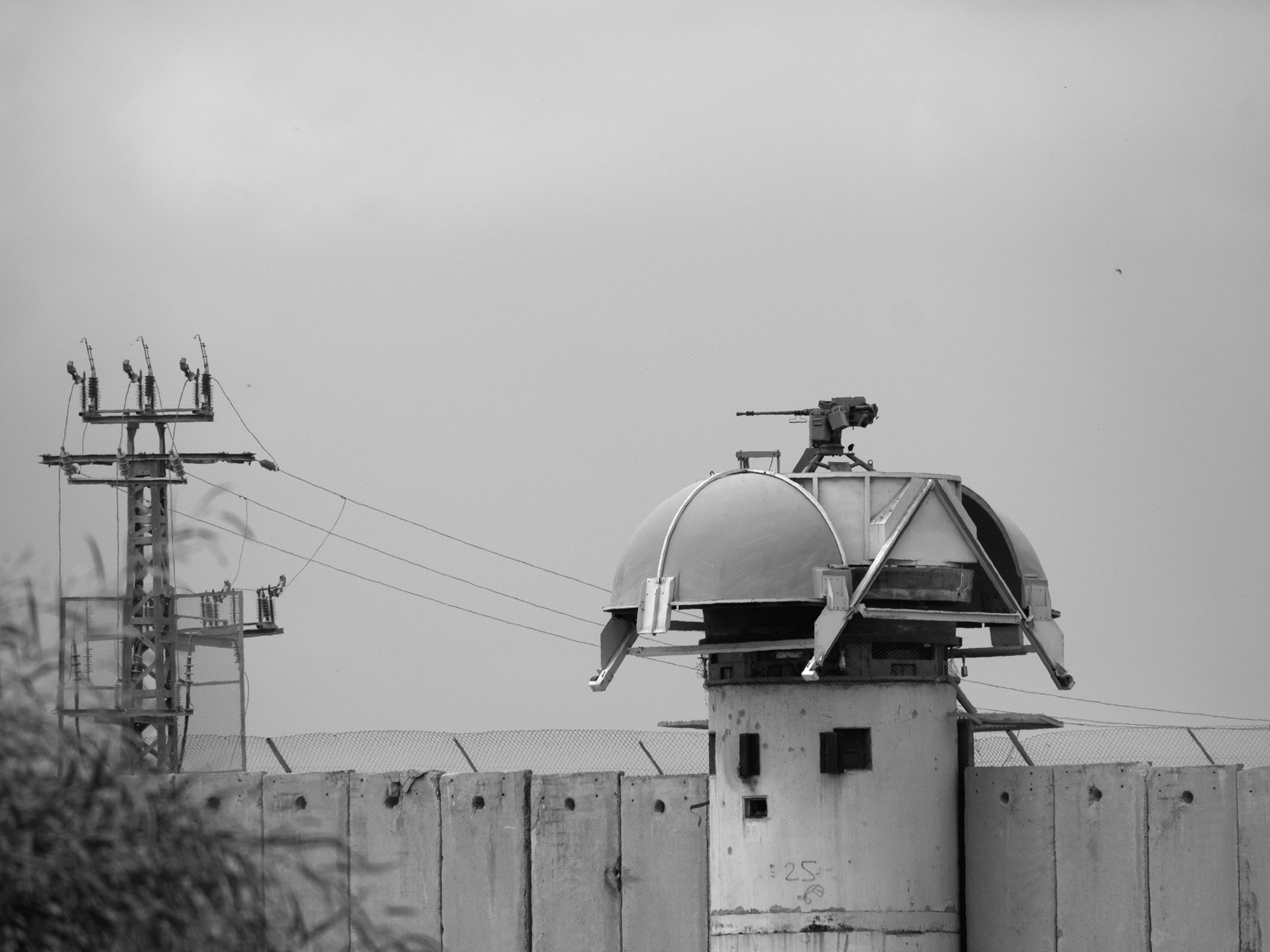
The remote-controlled Israeli machine gun at the Erez Crossing. Photo by Dan Cohen.
T he first thing a visitor sees upon entering the Gaza Strip through Israels Erez border crossing is a remote-controlled machine gun perched atop a concrete wall that extends as far as the eye can see. The first thing a visitor hears is the hum of the Israeli drone that hovers constantly above Gaza and forms the sonic backdrop of its residents lives. After just a few minutes in Gaza it becomes abundantly apparent that this is among the most closely surveilled and intensely controlled patches of earth on the planet.
The Gaza Strip is a ghetto of children. Of its 1.8 million residents, a majority are under the age of 18. Most have never left the 360 square kilometers where they were born, raised and confined. There is no discernible future for them beyond the Israeli military occupation that has endured nearly 50 years and a siege that was officially proclaimed in 2007. The formative years of these young people have been marked by three major military assaults. These are their rites of passage. The Palestinians of Gaza have no reason or experience to believe that a fourth war will not arrive soon.
The violence in Gaza has become a ritual that has confounded many outsiders, leading to the rise of simplistic explanations for the bloodshed as the product of religious extremism, endemic anti-Semitism and intractable conflict. But a brief look at the history leading up to the 51 Day War of 2014 presents a different reality.
Eighty percent of Gazas residents are refugees from the State of Israel. Their families were among the 750,000 indigenous Palestinians who fled or were forcibly expelled in the period from November 1947 to late 1948 known to them as the Nakba, or the catastrophe. Since Israel was founded, every one of its governments has identified these refugees as a demographic threat whose repatriation would threaten Israels Jewish majority and the Zionist project itself. Palestinians in Gaza are ultimately confined and excluded from Israel for one simple reason: They are not Jews. There is simply no place for them in an Israel that defines itself as an exclusive Jewish state, and that will not grant equal rights to these people. That is why Gaza has become a warehouse for a surplus population that the Israeli-American scholar Martin Kramer described as superfluous young men. And that is why Gaza resists.
A stateless people with no internationally recognized right to organize an army, navy, or air force, Gazas refugee population nonetheless embarked on an armed campaign against Israeli occupation that began in earnest in the early 1950s. Some prominent Israelis understood this. The famous 1956 eulogy by Moshe Dayan, then the Israeli armys Chief of Staff, for Roy Rotenberg, an Israeli kibbutz guard Palestinian fighters killed near the border of Gaza, was both unusually empathetic about the causes of the conflict and even more committed to continuing it. Let us not cast the blame on the murderers today. Why should we declare their burning hatred for us? Dayan asked. For eight years they have been sitting in the refugee camps in Gaza, and before their eyes we have been transforming the lands and the villages, where they and their forefathers previously dwelled, into our home.
Summoning his countrymen to persevere in the face of ferocious resistance, Dayan declared, We are a generation that settles the land and without the steel helmet and the cannons muzzle, we will not be able to plant a tree and build a home This is the fate of our generation. This is our lifes choiceto be ready and armed, tough and hard, or else the sword shall fall from our hand and our lives will be cut short.
Dayans eulogy was perhaps the clearest distillation of the mentality that has governed Israels approach to the Palestinian people in general and to the Gaza Strip in particular for some sixty years. Just as he conceded Israels colonial ambitions, he also clearly explained the motives behind Palestinian violence. By the end of 2003, as the Second Intifada approached its conclusion, both Israeli and Palestinian societies were near exhaustion. It was then that Prime Minister Ariel Sharon announced his intention to pursue disengagement with Gaza that would reorient the relationship between the two peoples by hardening their separation.
Because Sharons maneuver entailed the forced evacuation of about 9,000 religious nationalist settlers from the strip, many proponents of a two-state solution to the crisis of IsraelPalestine were convinced that the right-wing warrior king had experienced a sudden change of heart. [Sharon] realized that the land had to be partitioned between its two peoples, that the occupation could not continue, that the Palestinians would have their own state and that thousands of Israeli settlers would have to be evacuated from the Gaza Strip, David Grossman, the renowned novelist and voice of Israels liberal peace camp, wrote hopefully at the time. With support from liberal and centrist elements, Sharon secured approval for his plan.
The Prime Ministers advisors were adamant, however, that separating from Gaza should not be confused with peace. The significance of the disengagement plan is the freezing of the peace process, senior Sharon advisor Dov Weisglass informed the Israeli paper Haaretz in October 2004. And when you freeze that process, you prevent the establishment of a Palestinian state, and you prevent a discussion on the refugees, the borders and Jerusalem. Effectively, this whole package called the Palestinian state, with all that it entails, has been removed indefinitely from our agenda. And all this with authority and permission. All with a presidential blessing and the ratification of both houses of Congress.

